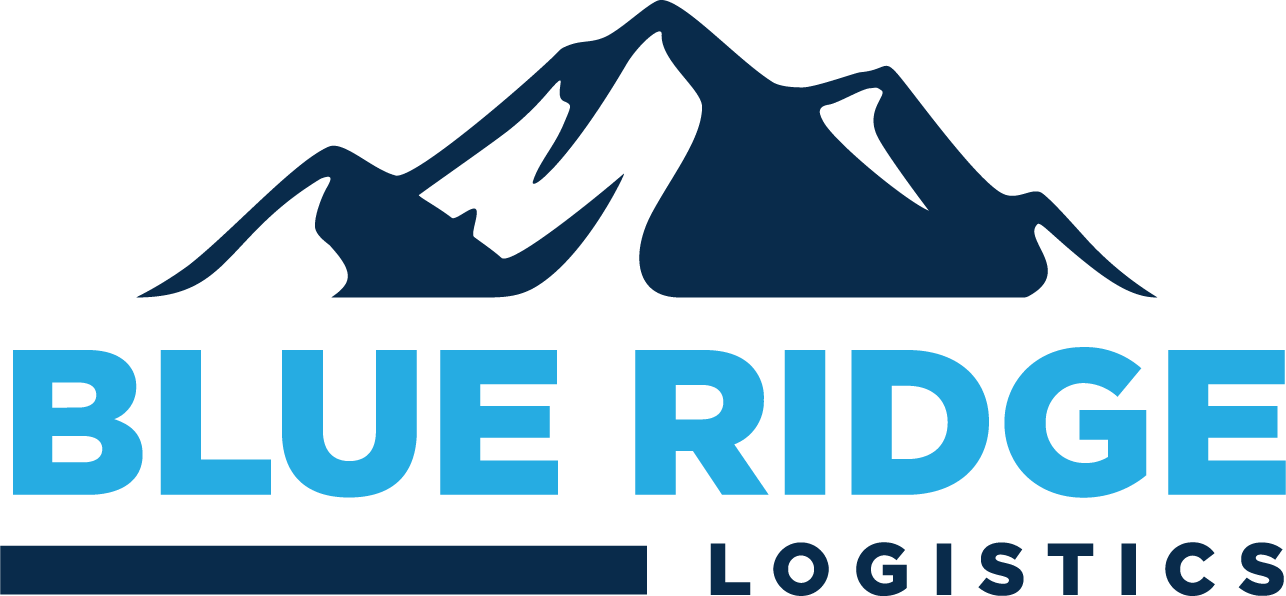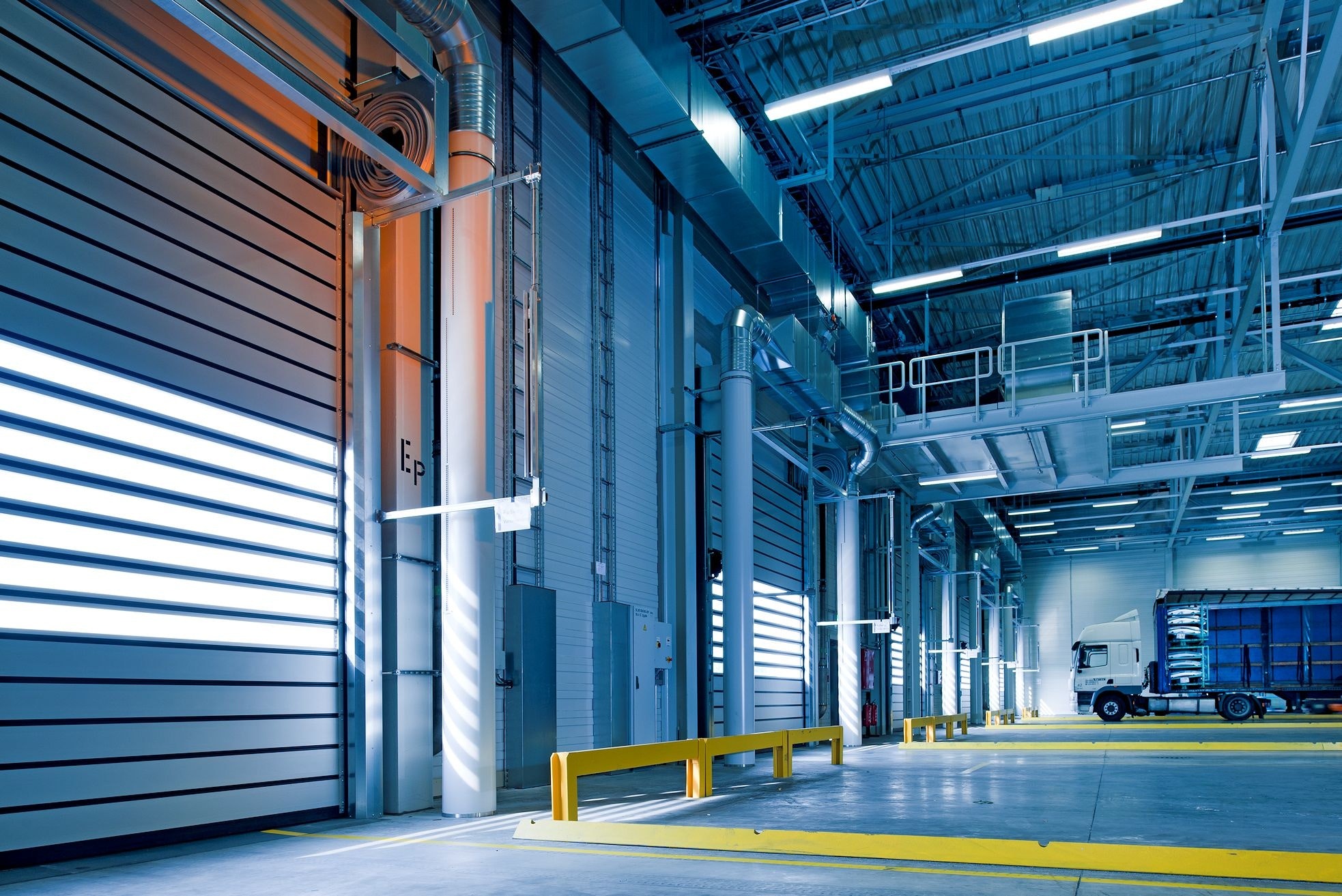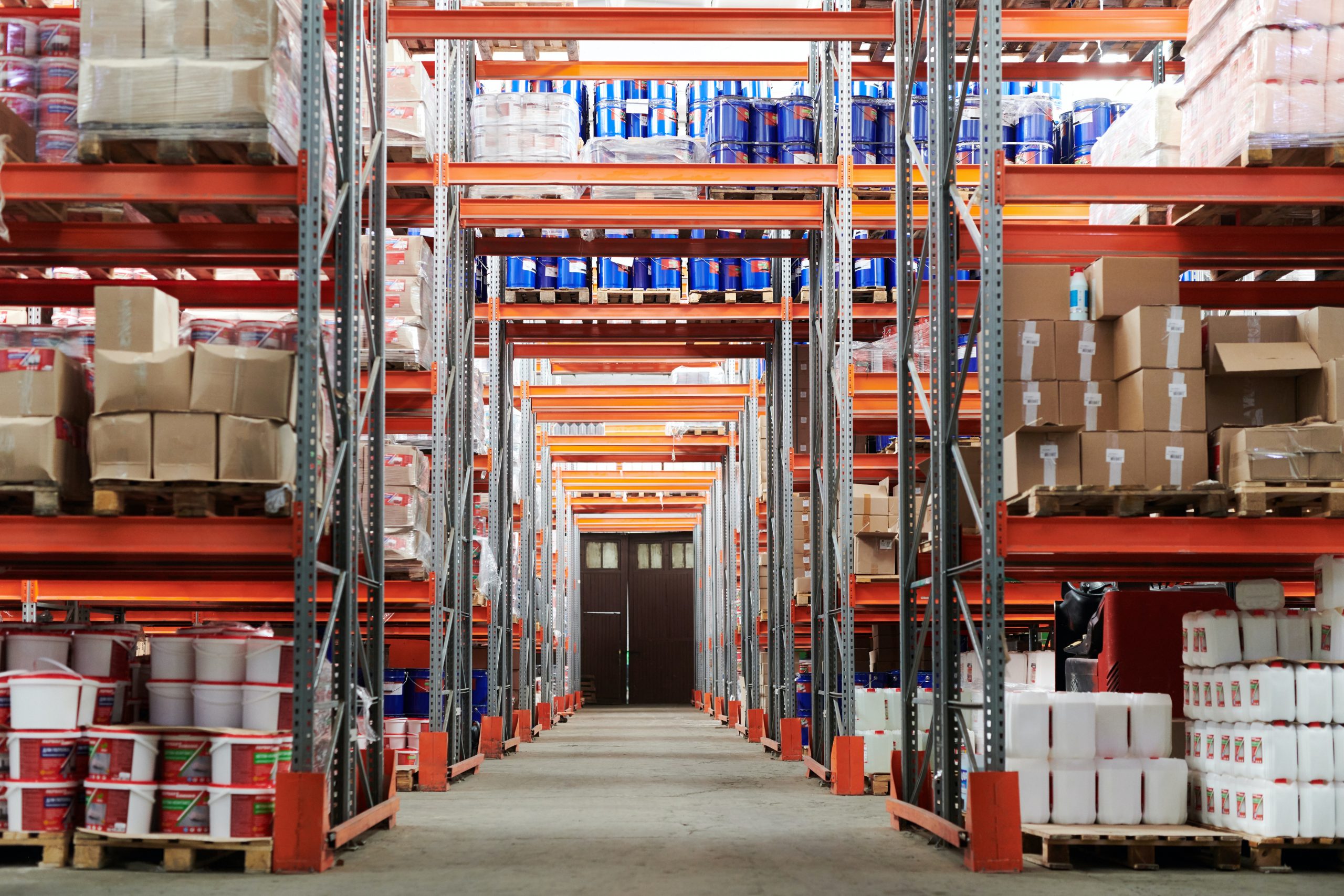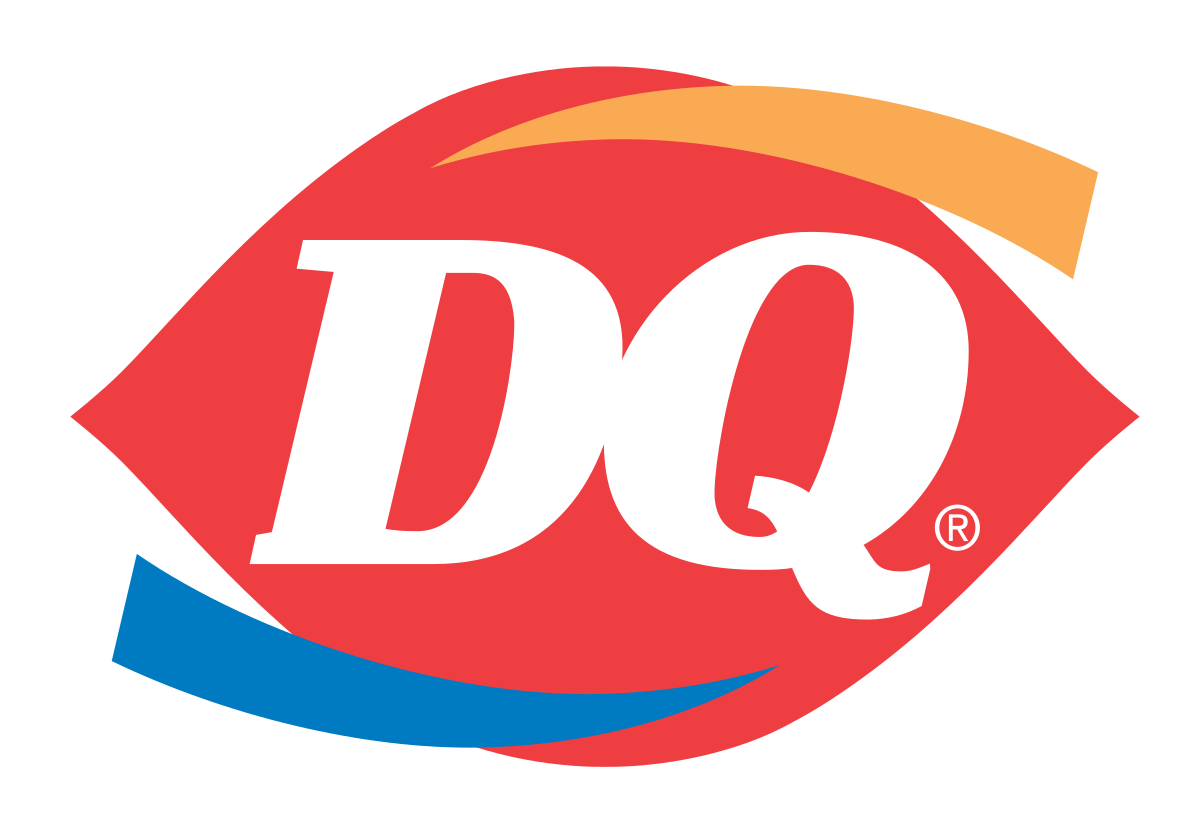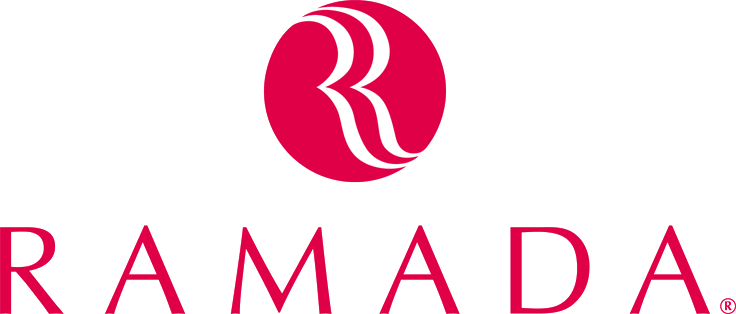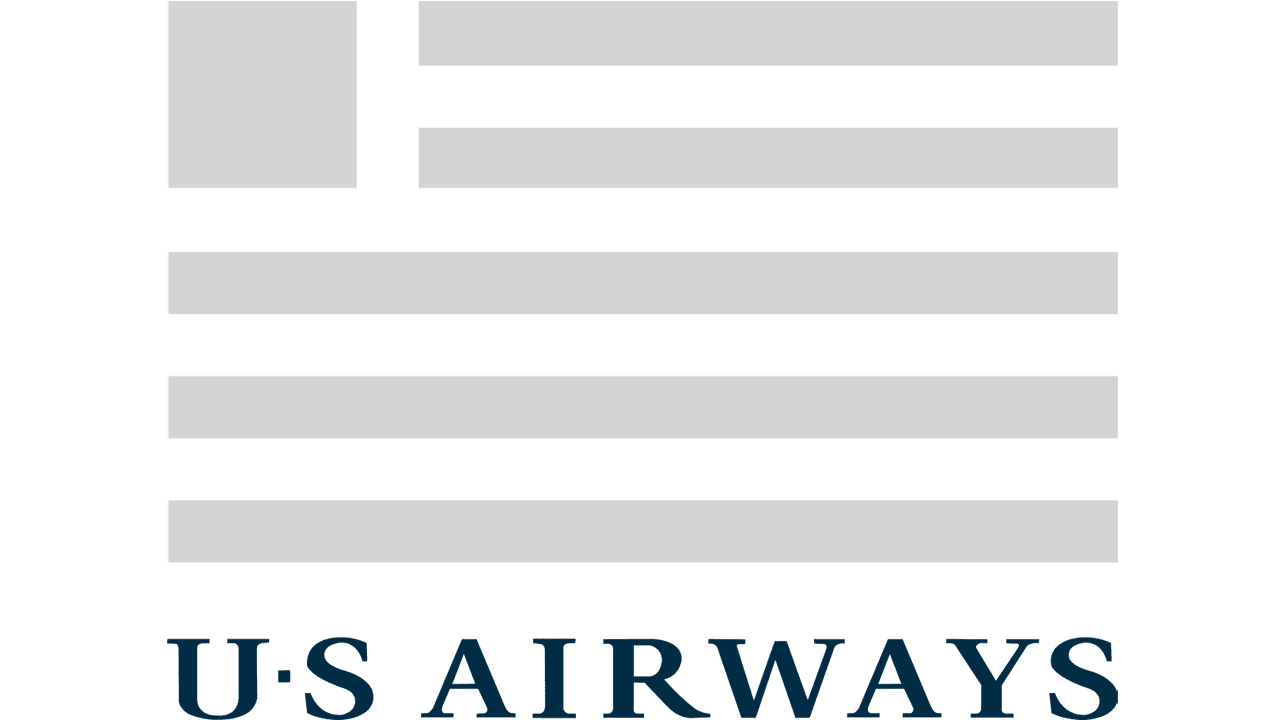Rising Importance of Reverse Logistics
For most of us, the term “logistics” might conjure up images of products being manufactured, packed, shipped, and finally landing in the hands of eager customers.
There’s a flip side to this journey, one that’s just as crucial yet often overlooked—welcome to the world of reverse logistics. Today, we’re diving deep into this concept, examining why it’s vital to any business, and shedding light on its various types.
Reverse Logistics: The Definition
Traditionally, supply chain and logistics activities focus on the flow of products and information from the producer to the consumer, known as forward logistics. Reverse logistics, on the other hand, concerns itself with the flow of goods in the opposite direction, from the customer back to the producer. This involves returns, repairs, maintenance, recycling, and disposal of products and materials.
If you have ever returned an online purchase, you’ve participated in reverse logistics. It encompasses everything from product returns and refurbishments to recycling and disposal.
The Importance of Reverse Logistics
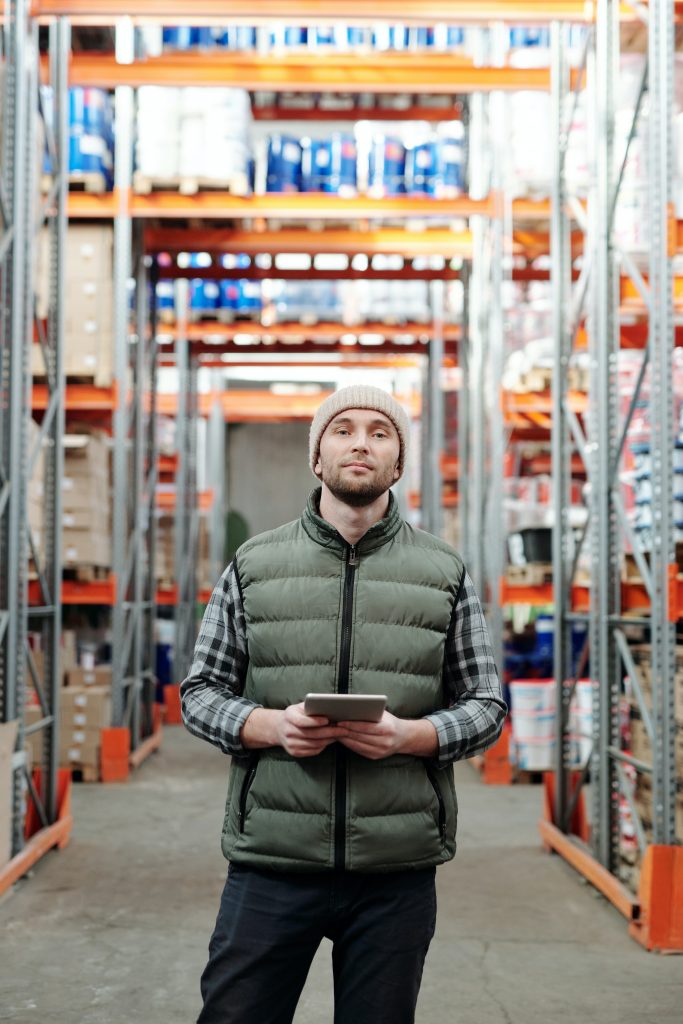
You might wonder why reverse logistics warrants so much attention. In today’s era of rampant online shopping, reverse logistics has emerged as a vital cog in the business machinery. Let’s explore why it’s so important:
- Enhanced Customer Satisfaction: A seamless reverse logistics process can drastically improve a customer’s experience. It takes the pain out of returns, ensuring customers feel valued and respected, bolstering customer satisfaction and loyalty.
- Significantly Reduced Costs: A well-oiled reverse logistics machine is substantially more cost-effective for your business. Reverse logistics is a crucial component in minimizing the expenses of handling and processing returns, helping to enhance overall business profitability.
- Positive Environmental Impact: Effective reverse logistics also have a profound environmental impact. By ensuring returned products are recycled or disposed of correctly, businesses can decrease their ecological footprint, an increasingly significant consideration for modern, eco-conscious consumers.
- Recovering Value: The ability to refurbish, remanufacture, or resell returned products allows companies to recover some of their initial investments, turning potential losses into recovered revenue.
Five Types of Reverse Logistics
Reverse logistics isn’t a one-size-fits-all process; therefore, it can come in a few different shapes and sizes. Each type has its challenges and chances to do something great. Let’s look closer at the different kinds of reverse logistics:
- Returns: This is the most commonly recognized form of reverse logistics. Returns happen for various reasons, such as the product may be defective, the company could’ve shipped the wrong item, or the customer changed their mind. Whatever the reason, the goal is to make the returns process as straightforward and hassle-free as possible, both for the business and the customer. Once a product is returned, businesses must have an effective returns management system to decide the most profitable and sustainable action: should the item be restocked, refurbished, recycled, or disposed of?
- Remanufacturing and Refurbishing: Sometimes, if something comes back because it’s broken or old, it’s not the end for that item. Many businesses can fix or upgrade these items to sell them again for a lower price, which helps the company make back some money.
- Recycling: Many types of businesses, like electronics or clothing, have strict rules about how to get rid of old products. In these cases, companies can take apart returned items and use the parts to make new things. Recycling is a big part of keeping our economy healthy because it reduces waste and uses resources wisely.
- Disposal: Not all products can be returned, refurbished, or recycled. Sometimes, the most environmentally and financially responsible action is proper disposal. This part of reverse logistics ensures that things are thrown away safely, following all the rules and being kind to the environment. Throwing things away the right way, or proper disposal, keeps harmful stuff from hurting the environment and ensures the company looks good.
- Rentals: A part of reverse logistics that people talk about little is handling rental items. It is essential to have a system to manage these rented items when they return as more businesses rent things out (i.e., Rent the Runway, a clothing rental company). Each rental item that gets returned needs to be checked, cleaned, fixed if required, and made ready for the next customer. Managing this process well can help businesses make more money from their rentals, keep customers happy, and be more earth-friendly.
Each kind of reverse logistics is unique but shares the same goal: to help the business profit while reducing waste and being kind to the earth. By understanding and managing these different parts well, companies can turn to reverse logistics into a chance to do something good.
The Process of Reverse Logistics
Understanding the process of reverse logistics is vital for any business. It’s not just about taking returned goods; it’s a more complex process that involves several steps. Though many reverse logistics systems move products differently, here’s a basic overview of how reverse logistics typically works:
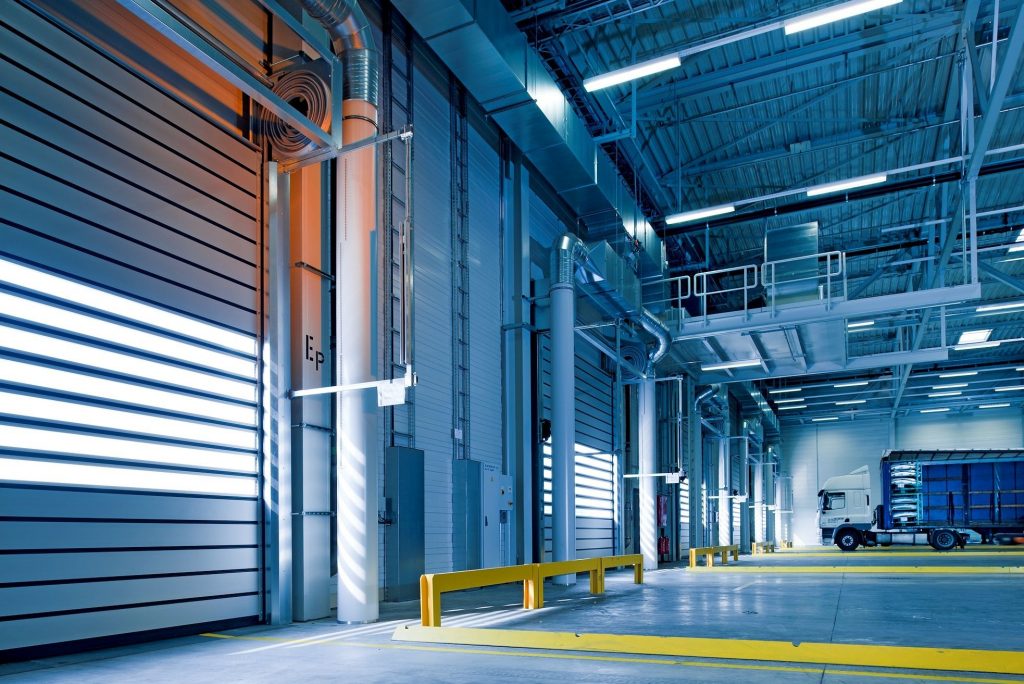
- Returns Initiation: This is the first step where a customer decides to return a product. They may initiate the return by contacting customer service or online. The reasons for returns could range from faulty products to wrong sizing or simple buyer’s remorse.
- Collection: Once the company approves the return, the product needs to be collected from the customer or dropped off by the customer at a designated point. Some businesses arrange for pick-ups, while others may have drop-off points or use courier services.
- Transportation: After collection, the product is transported back to the warehouse or a specific location for sorting and inspection. This step requires efficient logistics management to ensure the products are safely returned.
- Inspection and Sorting: Upon reaching their destination, returned products are sorted and inspected. This step determines the product’s condition and the next appropriate step – whether it should be restocked, refurbished, recycled, or disposed of.
- Restocking/Refurbishing/Recycling/Disposal: Products are directed to the appropriate channels based on the inspection. Some products might return to inventory if they are in good condition, while others may require refurbishing before the company resells them. Some products might be recycled for parts; finally, some might be disposed of if they are beyond repair or use.
- Resale or Final Disposition: If products are restocked or refurbished, they are resold. Recycled products might be broken down to extract valuable parts or materials. Disposed products are discarded following environmental and waste management guidelines.
By understanding each of these stages in reverse logistics programs, businesses can streamline their reverse logistics process, which enhances customer satisfaction, reduces the costs of moving goods, and minimizes environmental impact.
Embracing the Power of Reverse Logistics
Is reverse logistics just about handling product returns? Far from it—it’s a multifaceted, dynamic process that can significantly impact a business’s success. From bolstering customer satisfaction and loyalty to carving out substantial cost savings and supporting sustainability efforts, the benefits of a well-executed reverse logistics process are manifold.
In today’s fast-moving online world, where shopping from your computer or phone is common, having an efficient reverse logistics system isn’t just an option—it’s a necessity. Understanding and using reverse logistics well can bring many benefits for businesses that want to stay competitive in this changing market. So remember, moving forward is essential, but sometimes, you have to go in reverse to truly get ahead.
